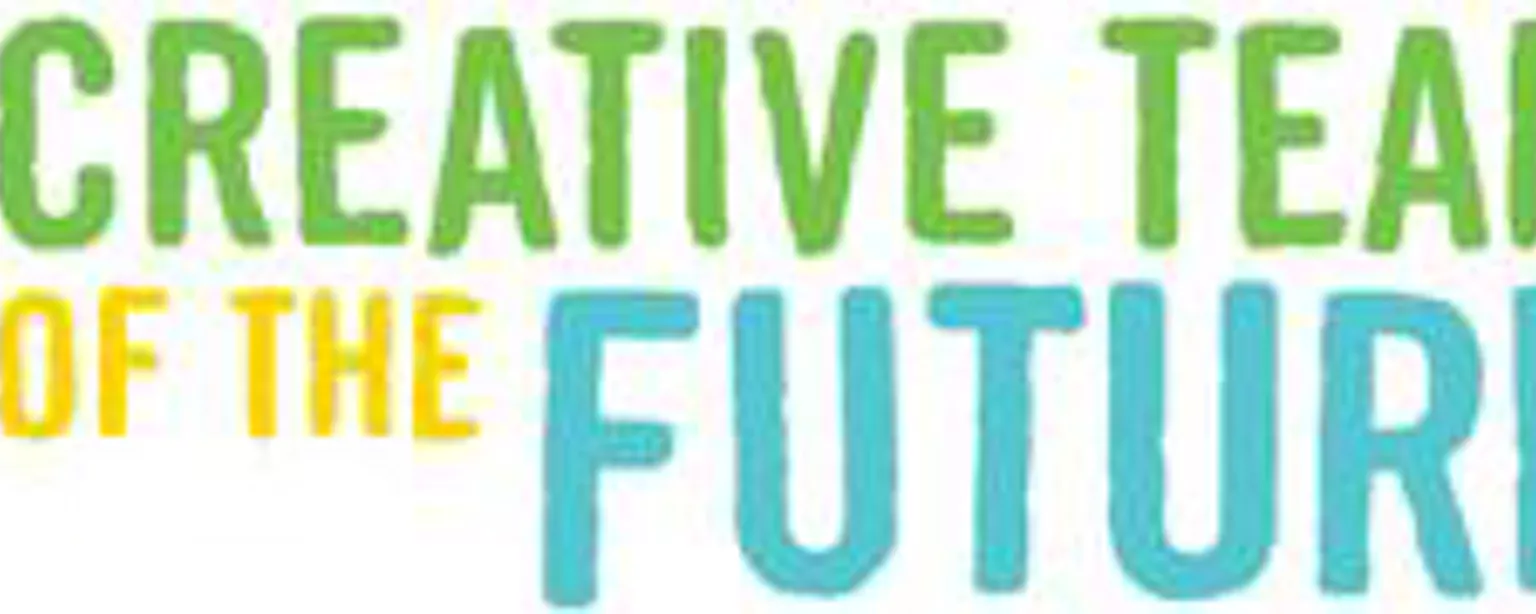There's a lot of shifting and changing happening on creative teams these days, according to research conducted for this year's Creative Team of the Future project.
The Creative Group polled nearly 600 AIGA members and about four in 10 in-house and agency professionals told us their teams had reorganized in the past year. Further, more than one-quarter of in-house respondents (26 percent) and agency respondents (28 percent) said they expect their teams will undergo a reorganization within the next 12 months.
Why all the movement? To better understand the organizational changes taking place among creative teams, we spoke to Tim Cox, Director of Creative Services, at Publix Super Markets. He runs a (roughly) 60-person, full-service in-house design team that handles all the company's branding – from print and digital to broadcast and retail environments. About a year ago, the team went through a major reorganization.
The ever-evolving creative team
"I think that as creative leaders we have to be careful not to get stuck in a rut and do things as we've always done them just because that's the most comfortable way," Cox says. "We have to be willing to embrace change if it's going to improve our work quality and ultimately improve our ability to influence."
With that spirit, he took a hard look, along with his creative managers and operations team, at the way the department worked. Traditionally, a project at Publix would be assigned to a writer-and-designer team, and the designer would see the project through from concept to final files. It's a fairly common approach in the creative industry, but the group decided a new structure might improve employees' creative output and productivity.
New structure, new teams
Now the Publix in-house team includes four concept teams that focus on four different specialty areas: print, broadcast, digital and retail environment. As the name implies, these teams create the concepts for projects in each area and then turn them over to the studio design team, made up primarily of graphic and digital designers, to build them out.
Each concept team is made up of a creative director, four or five art directors and one copywriter. These specialty teams give creative professionals the chance to take a deep dive into a specific area, whether that's digital communication or TV commercials. The broadcast team actually works with an outside agency – rather than the studio design team – to concept and execute broadcast campaigns.
Previously, the team's designers reported to creative managers, so Publix changed the title creative manager to creative director. Most senior designers became art directors on the concept teams and junior designers became part of the large studio design department that executes work.
The single biggest transformation? Concept and design work are now separate. This allows the company's top designers, who generate the best concepts, to influence more work. The change also improved workflow, timelines and work quality. Plus, it gives junior designers more opportunities to learn from senior creatives during project hand-offs.
For more tips on building and managing a winning team, subscribe to the blog now.






